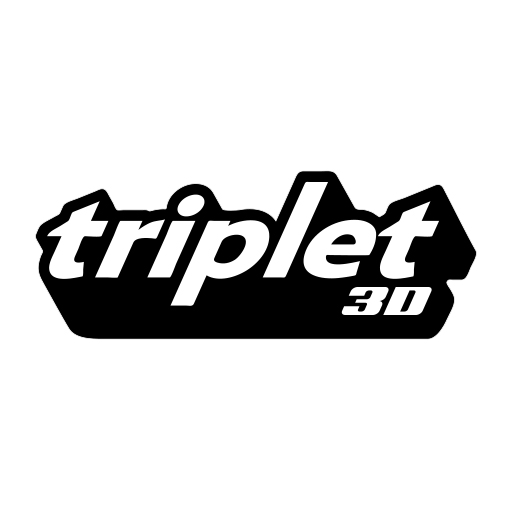The Designers Guide to Motion Graphics
The tutorial specifically focuses on using vector shapes for 3D motion graphics. Making use of existing vector artwork for 3D modeling is a huge advantage for designers. It makes the workflow much easier, saves time, and allows the designer to start animating a lot faster in the production process. This new tutorial will change the way you use vector graphics.
Chapter Descriptions
Project Planning
Learn to properly set up vector files for import into Cinema 4D, clean up stray points, and save to the correct file version. Use storyboards to plan your work and save time in the production process. Establish a color scheme for the overall look and feel of the motion graphics animation.
3D Modeling
This chapter focuses on importing vector paths into Cinema 4D and creating 3D geometry. You’ll learn how to create extrusions, use the MoGraph cloner to duplicate models, and set up simple animations using sweep NURBS.
Texturing
The next step is to texture all the models by setting selections, creating and assigning materials. This chapter demonstrates creating the environment for the animation and using Cinema 4D’s compositing tag.
Animation
In this chapter, you will learn how to effectively use the MoGraph cloner for animating the models. Additional tools and topics that will be covered are the Tracer Object, MoGraph Effectors, setting key frames, camera animation, sweep NURBS animation, the timeline, rigid body tag, collider tag, and the MoTex Object.
Refinement
Once the animation is complete, you will learn how to clean up your scene using the ‘visible in editor’ and ‘visible in renderer’ functions.
Lighting
This chapter deals with setting up a three-point light system using main, fill, and rim lights. The topics that will be covered are light placement, light intensity, enabling shadows, and controlling the density and color of the shadows.
Render Settings
The last step in the 3D process is rendering. Output size, file export, save paths, CEL rendering, anti-aliasing, and ambient occlusion will be explained.
Post-Production
Using Adobe After Effects, you will learn how to combine the 3D render and CEL renders together. Tints, blurs, keyframes, color correction, texture, and light effects will be added to the animation for additional visual impact.
Sound Design
Using Garage Band you will learn how to create a sound track for the animation. This chapter starts by using a royalty-free music track for the basis of the sound design. From there you will learn how to add audio effects and align them to transitions in the animation.
This in-depth tutorial will be approximately 6 hours in length.
Enroll on Skillshare: https://skl.sh/2nvAoQS
Purchase the course on Udemy: https://www.udemy.com/course/the-designers-guide-to-motion-graphics/?referralCode=A41C88A65334E4CFE280


The Designers Guide to Motion Graphics the topic which you describe is great for beginners. I would love to share this with my animation team working under octaanimations platform..